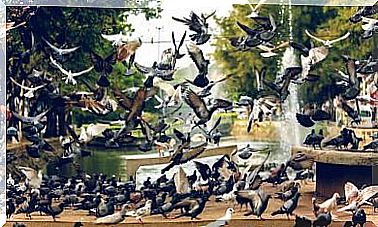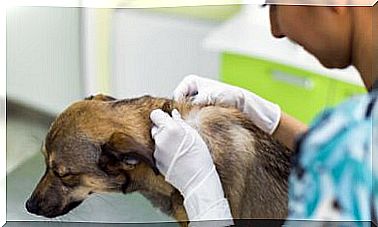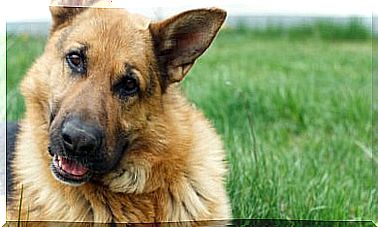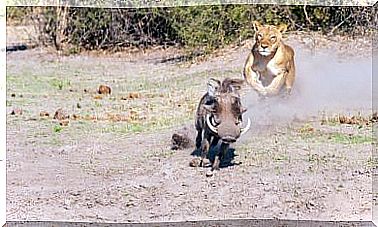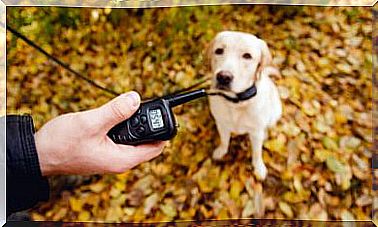Canine Neosporosis: Causes, Symptoms And Treatment
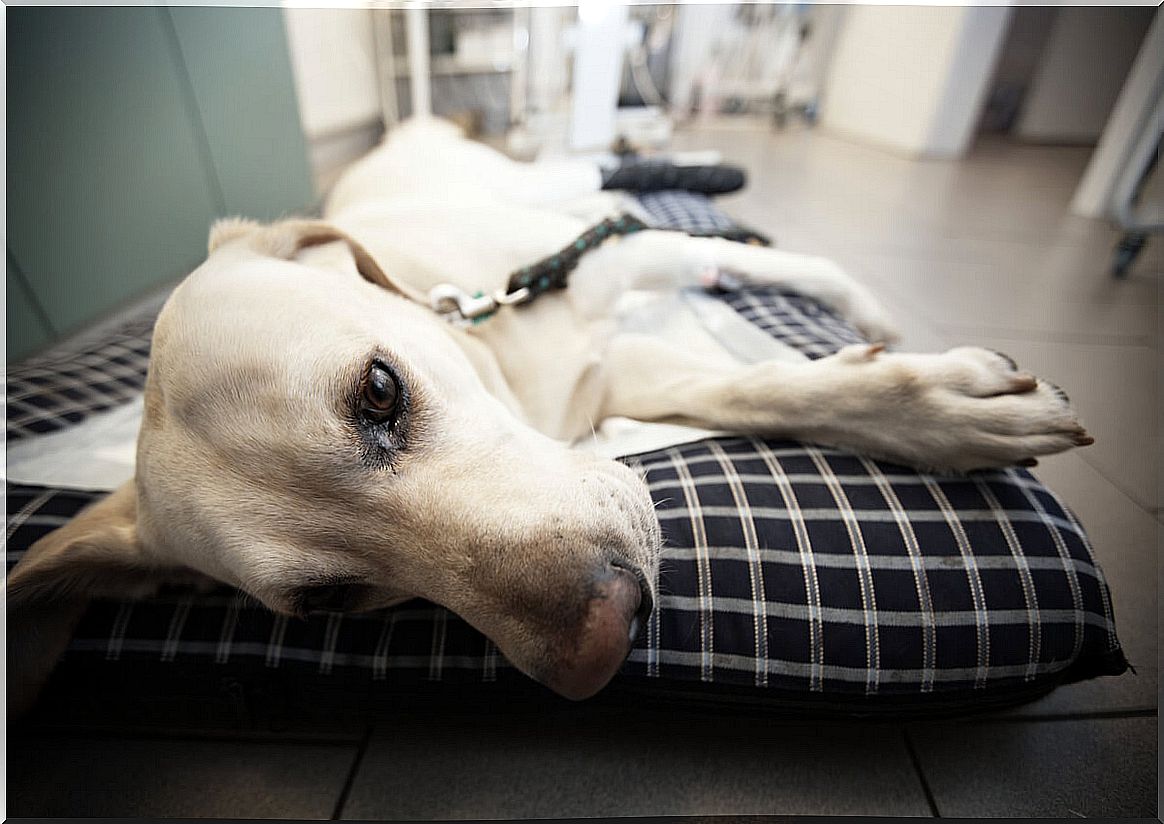
Canine neosporosis is an infectious disease caused by Neospora caninum , a coccidial parasite that hosts horses, cattle, and other mammals. The dog is its only definitive host, so the pathogen is specialized in settling in its muscles in the form of tissue cysts.
In general, many of the infected dogs are asymptomatic, but affected puppies have a much more guarded prognosis. If you want to know more about canine neosporosis and how to identify it, read on.
What is canine neosporosis?
As we have said previously, this infection is caused by the coccidium N. caninum , an obligate intracellular parasitic microorganism. Until recently, the dog was believed to be the sole definitive host, but other canids such as coyotes, gray wolves, and dingoes have been found to be as well.
Professional veterinary portals estimate that the prevalence of the parasite – the number of infected dogs in a given population – varies from 0 to 100% depending on the region. In the United States, for example, it is estimated that approximately 7% of dogs are positive in certain areas. In England a prevalence of 5.5-23.6% is estimated.
The parasite has 3 forms depending on the moment of its life cycle. These are the following:
- Oocysts: an analogue of eggs, which are formed in the intestinal tract of the dog and are excreted into the environment with the feces.
- Tachyzoites: the infective forms of oocysts that proliferate once they are ingested by a dog.
- Bradyzoites: form cysts in the animal’s muscles.

Symptoms
As we have said, many of the infected dogs never show symptoms. Unfortunately, some adult specimens and puppies are more prone to certain clinical signs. These signs are the product of the tachyzoites causing inflammation and necrosis in the affected tissues.
Thus, the most common symptoms are neuromuscular in nature. Among them, we find the following:
- The characteristic symptom of the infection occurs in puppies less than 6 months old. These can present a paralysis of the hind legs, which follows an ascending pattern. This clinical evidence usually begins to appear at 3-9 weeks of the animal’s life.
- Generalized muscle atrophy occurs in an ascending pattern. The hind limbs are usually more compromised at first than the thoracic ones.
- After this, difficulty swallowing, jaw paralysis and marked cervical weakness may appear.
- Other complications are the appearance of pneumonia, seizures, anorexia, decay, inflammation of the heart muscle and even death.
In puppies that are symptomatic, this muscle atrophy is progressive and results in a continuous contraction of the affected muscles. When this clinical picture appears, the prognosis of the affected animal is very poor.
Treatment
We must bear in mind that an effective treatment has not been obtained today in 100% of cases. Some antibiotics have been used in puppies with some success, but medication does not guarantee the survival of the animal in any way. Clindamycin is the drug of choice for 3 weeks-2 months in almost all cases.
In general, adult dogs tend to respond better to treatment than puppies. Once the neuromuscular clinical symptoms appear in the animal, the prognosis becomes quite bad.
Prevention of canine neosporosis
Since there is no definitive treatment, the best measure that can be taken is to prevent the disease effectively. Veterinary portals inform us that pregnant bitches can transmit the pathogen to their puppies transplacentally, so we must be very careful with pregnant females.
In general, dogs become infected from close contact with meat or cattle tissues with bradyzoite cysts. It is not yet fully known whether, in addition, the oocysts in the environment are infectious for dogs, although they are for animals of livestock interest. Therefore, the best measure is to limit can-won contact as much as possible.
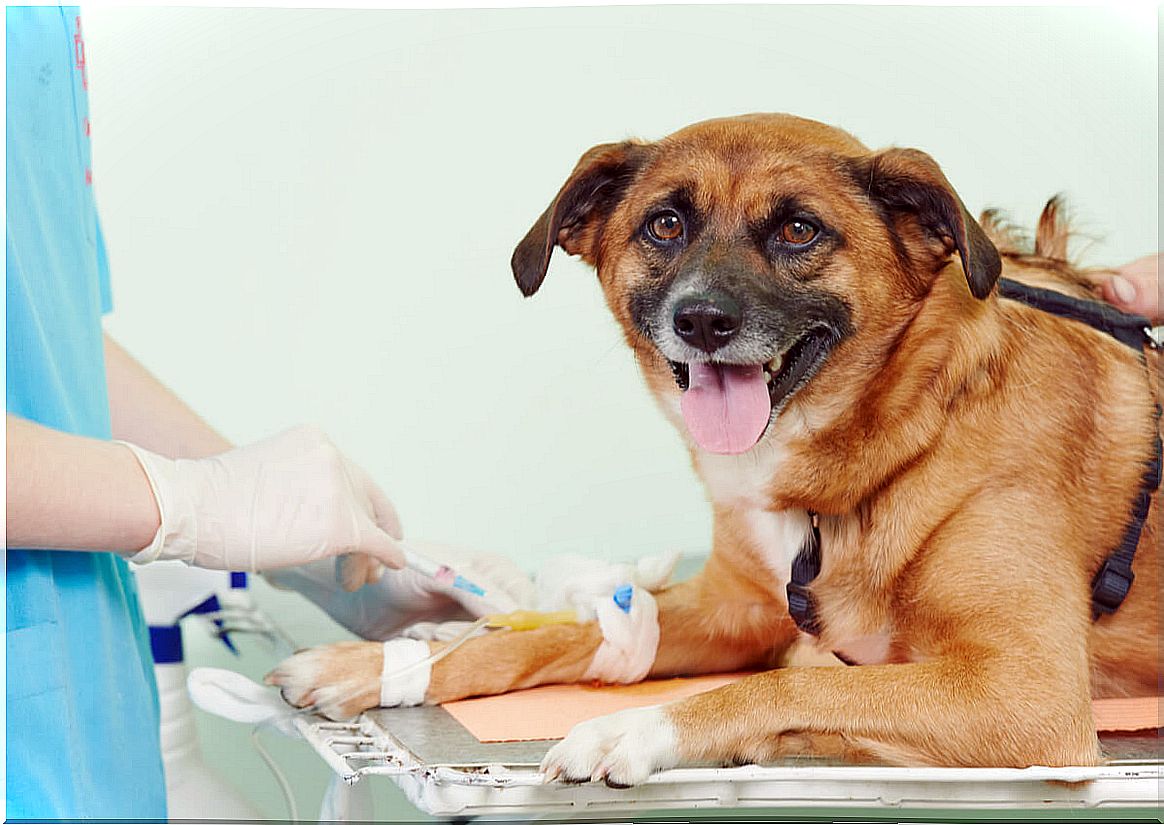
As you may have seen, canine neosporosis often goes unnoticed but, when it manifests itself, it can be lethal. If there are signs of the disease in your region, limit your dog’s contact with livestock and rural settings. In infectious diseases, prevention is always better than cure.
